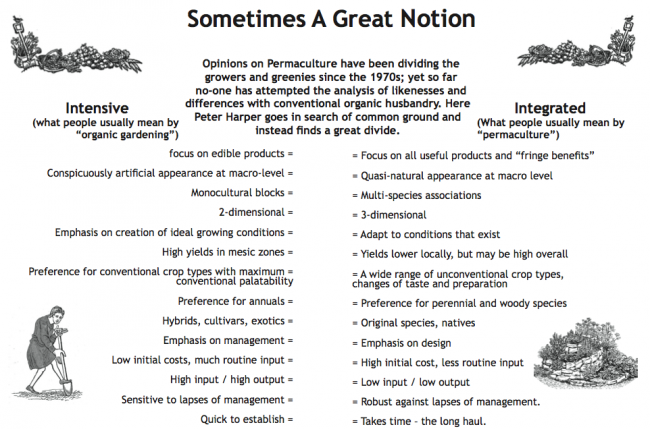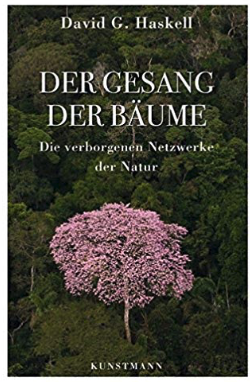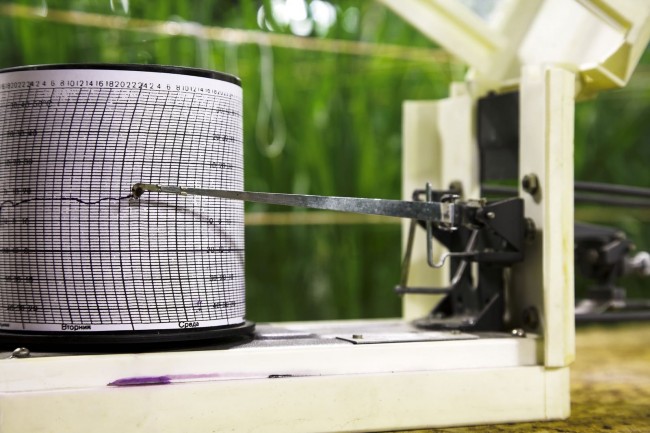
Hier als PDF.
Permaculture: The Big Rock Candy Mountain
Let me say at the start that I am an old hand with some claim to know what I’m talking about. I have a background in the life sciences, and for many years worked professionally in horticulture. I have been in the ‘alternative’ tribe all my life. I am acquainted with the permaculture literature, did the 72-hour course nearly 20 years ago, contributed to the Permaculture Teachers Handbook, and personally know many of the luminaries of the movement.
However I very rarely use the word ‘permaculture’ because it is too vague a term, and leads to misunderstandings. Everyone and their dog seems to have a different take on it. I thought it might be useful to describe some of my encounters over many years, and try to evaluate them from a cool, analytical, evidence-based perspective. Some, I am sure, will argue this is contrary to the spirit of permaculture. My case rests.
When I first encountered permaculture, I assumed it had some new principles to suggest, was eager to test them, discard the lemons, and move on. The first ideas I noticed were about physical modification of land-forms to make better use of water. In semi-arid places rainfall events can be extremely destructive, causing immense erosion and soil loss; and at the end all your water has disappeared. What we need is to slow the rate of flow to reduce erosive power and keep the water long enough for it to soak into the soil and be stored. This is commonly done by contour profiling, creating berms and swales to catch and impound the water as it runs down a slope.
Such an idea for water management had been explored and developed by P.A. Yeomans in Australia, starting in the 1950s. It was a key idea in David Holmgren’s explorations of sustainable farming techniques that became the founding text of permaculture, Permaculture One. Once you have these systems in place they work passively and require very little maintenance, turning potential damage and loss into a valuable resource. This was my first working definition of permaculture.
This kind of approach made tremendous sense to me. I had in fact discovered my own miniature application of the same principle but in reverse. As a landscape constructor I noticed that if you make external hard surfaces dead level — only too easy with a spirit level — they become self-dirtying; that is, puddles accumulate, mud settles in them, and they look permanently mucky when the puddles dry. To solve this, all it takes is a tiny slope of about two degrees (you can’t see it) and the surface is now self-cleaning; that is, every time it rains it washes away any mud and dries clean as a whistle – and there are no puddles. Miraculous!
These two examples show the application of simple physical principles to get nature to do what you want, rather than having to throw a lot of energy and technology at a problem. This is what I thought Permaculture was going to be about, and it was very close to what we were usually seeking in so-called Alternative Technology (that I can talk about with a modicum of authority because I invented the term myself). A commonly-cited example in AT would be the overhang or brise-soleil above a south-facing window: it allows sun to enter the room when it is low in the winter and you want the heat; but it shades the window when the sun is high in the summer and you want cool. Simple, passive, just clever structures and a knowledge of How Things Work.
Another idea that rang a bell was laying out the geometry of a garden for functional efficiency. When I started designing gardens I would try to stagger various elements in terms of their distance from the back door according to function and how often you might need to visit them. A sitting area, very close. Hard fruit can be at the bottom. Veggies, maybe in between, but it’s handy to have a small herb bed just outside the back door for last-minute garnishes, and so on. But if this conflicts with shade, soil qualities etc, scrap it: it’s not that big a deal.
I know that for a lot of people in the UK, when we first heard of permaculture we thought it was ‘gardening plus ergonomics’, and that it might have some new insights. Sadly, it didn’t. It just confused a few pragmatic rules of thumb by introducing cumbersome theories that beginners would try to apply literally: it prevented them using their common sense.
Another idea I found attractive was that of using more perennials. An annual plant has to get sown in a prepared seed-bed, fussed and pampered, and then you have to do it all again the following year. Perennials start the season raring to go, with their root systems already fully operational and able to exploit a far larger volume of soil. They should be more productive. Shouldn’t they? Yeah, stands to reason, let’s try it. But when you actually do, it is very rarely the case that perennials out-yield annuals. The fact that this is still widely believed suggests the PC movement runs on Nice Ideas rather than evidence.
OK then, so here we are waiting for all these new ideas and eager to put them to the test. What we got was more like a cult. I remember first hearing Bill Mollison at the Schumacher Lectures in … must have been the early 80s. The audience could not have been more eager to hear what he had to say. But somehow he managed to turn everybody off by dogmatic statements and an arrogant manner. I was baffled by this, but later I understood that essentially there had been an unacknowledged split in the Permaculture movement. David Holmgren had gone on to do what I expected: painstaking tests of ideas that might or might not be true, and only writing up many years later, including — crucially — negative results. In contrast, Mollison created a global circus.
Undoubtedly Bill Mollison is a brilliant man, fizzing with ideas, many of them excellent, but unfortunately many of them duds. And it is rather hard to tell which are which, short of laborious testing. And this is exactly what the mainstream Mollisonian wing of the movement rarely does. It does not do proper controlled trials of its own claims. This is astonishing and exasperating, but indicates that the kinds of people attracted to this wing do not appreciate how important proper testing is to progress and evolution of a field like this. The result is that the whole thing has been stuck in a repetitive time-warp and makes very little progress.
A cynic would say this lack of quantitative testing is not accidental, because it might reveal that many favourite notions are false, or at least not what they are cracked up to be. Most people attracted to Permaculture are young, dreamy idealists looking for some kind of system to structure their activities and impart meaning. It does not matter much whether things ‘work’ because you are not obliged to depend on them. It is their symbolic value that counts. I have encountered numerous ‘permaculture gardens’ with abysmal levels of productivity that have nevertheless persuaded their creators that they are virtually self-sufficient in food. A few measurements and numbers would quickly dispel this illusion, but Permies just don’t do numbers.
In this respect I am sorry to say that the Permaculture movement has not taken itself seriously. This is a pity because it really could have a lot to offer. It is down to people outside the movement, tired of waiting for real data, to set up controlled trials of their own. For example Bethan Stagg at Schumacher College has set up two identically-sized adjacent plots, one run according to ‘forest garden’ principles, the other according to standard annual row-crops. She measures all the material and labour inputs, and yields. Too early for results yet, but the permaculture movement should have done all this thirty years ago. Why didn’t it?
From long experience I can tell you what the results will be: the ‘forest garden’ will turn out to be a low-input/low-output system, while the standard horticultural plot will be a high-input/high-output system. You could say that both are equally ‘productive’ in labour terms, one suiting gardeners with more space than time, the other gardeners with more time than space. And you can easily imagine various mix’n matches in actual gardens. The permaculture movement has done us a service in drawing attention to the possibilities of perennial plants, tree crops and ‘three-dimensional’ horticulture. But it has entirely oversold the idea, claiming to have found the Holy Grail of a low-input/high-output system.
This basic claim of ‘something for nothing’ is a powerful draw and easily degenerates into a cult. Then of course it moves out from the garden into every other area of life, with a similar array of feel-good, untested notions. This is a problem in itself, because for some people ‘permaculture’ is a generic term for sustainable living, giving another whole set of shifting, fuzzy meanings.
The world is a tricky, complex place. There are not very many simple answers. It takes dedication, skill, and above all experience, to be able to manage it well. You can try to boil it all down into a set of simple principles, but these are all but useless to beginners, who invariably misapply them. The best set is undoubtedly David Holmgren’s 12, but these are so profound you need a lifetime of experience to understand what they really mean.
What could you do to save the good stuff? Personally I would urge that permaculture restrict itself to questions of land use, and does not spread itself too thin. Then I would draw up a list of testable claims that challenge mainstream thinking, and set about testing them. These could be generalised in terms of slightly grander principles that you can understand quite clearly. For example, that the permaculture approach would start with sustainable natural systems and try to make them more productive, in contrast to mainstream gardening and farming, which starts with highly artificial systems and tries to make them more sustainable.
I’d keep it much simpler, more pragmatic, various rules of thumb, try this try that, maintain your common sense. If you want to advance knowledge, always match your trials with controls and record the data. Eat the results. A result is worth a thousand cabbages.










